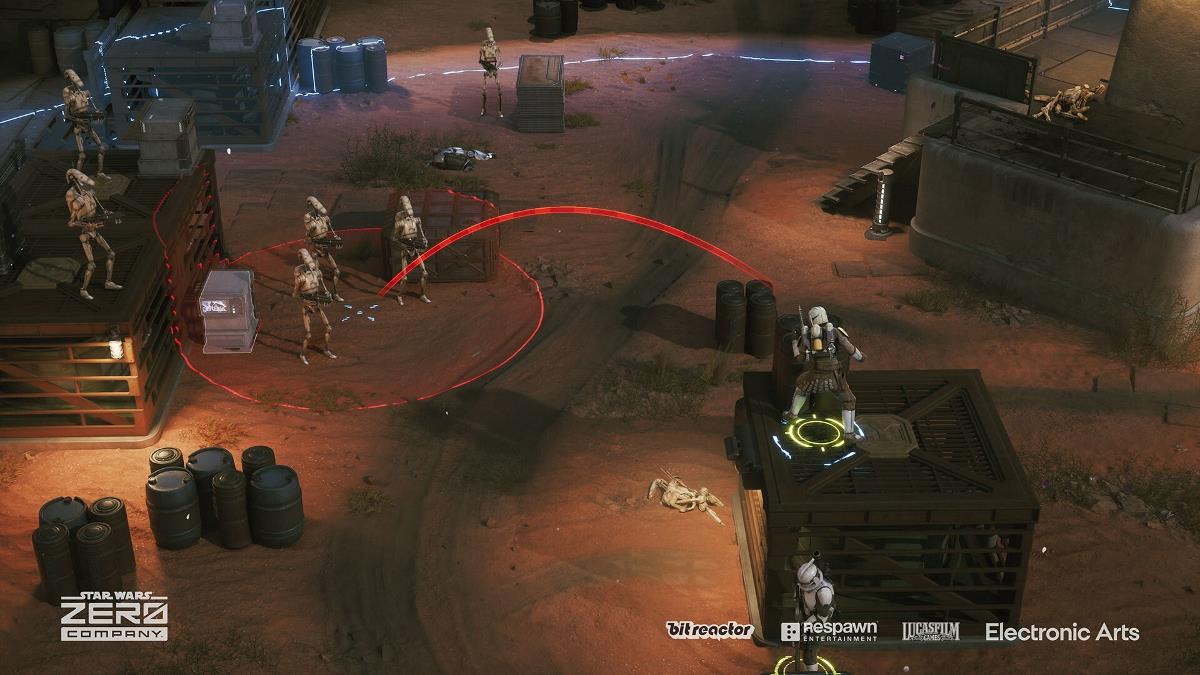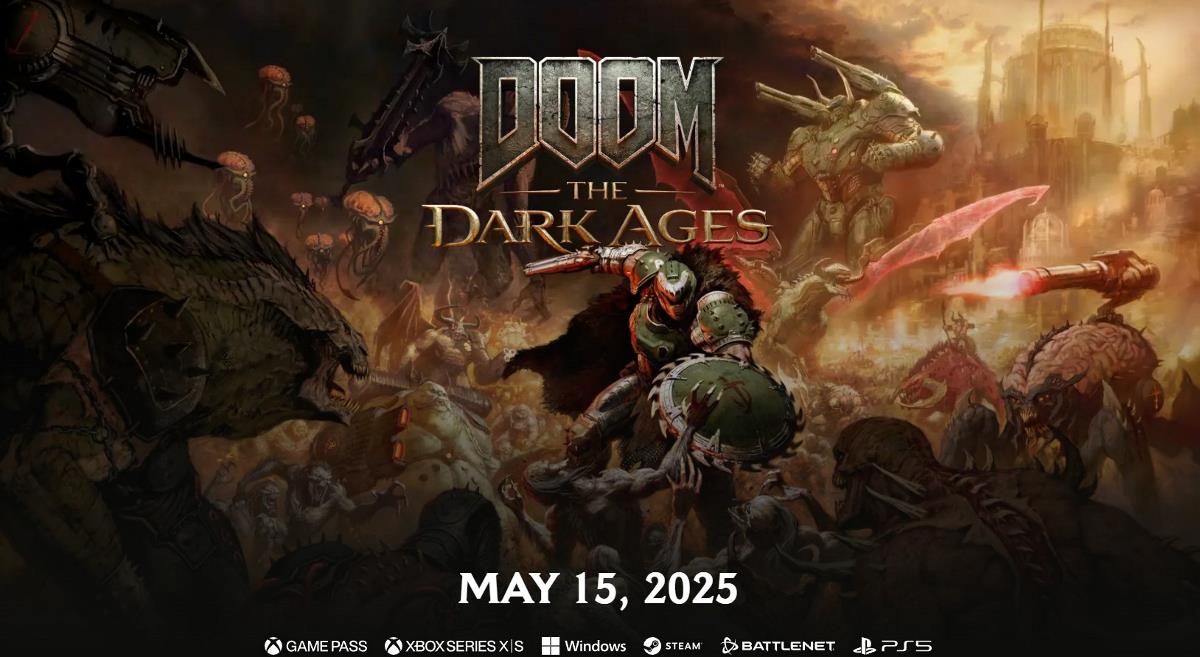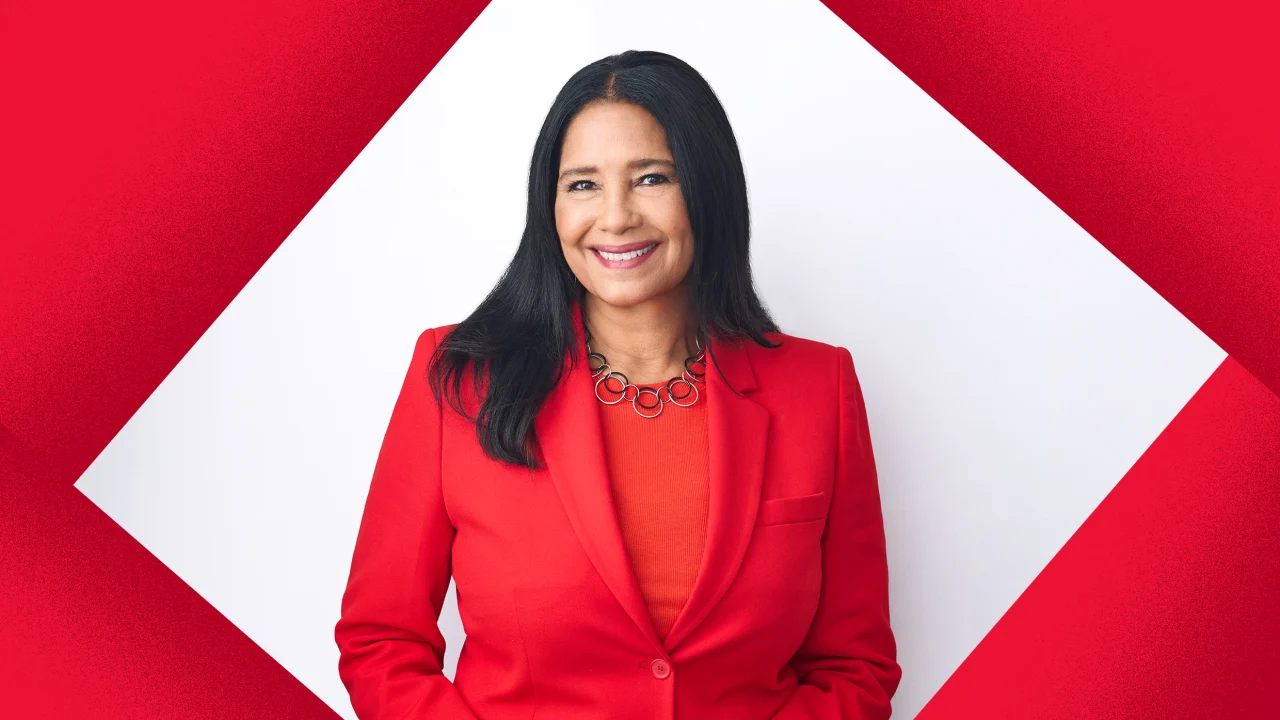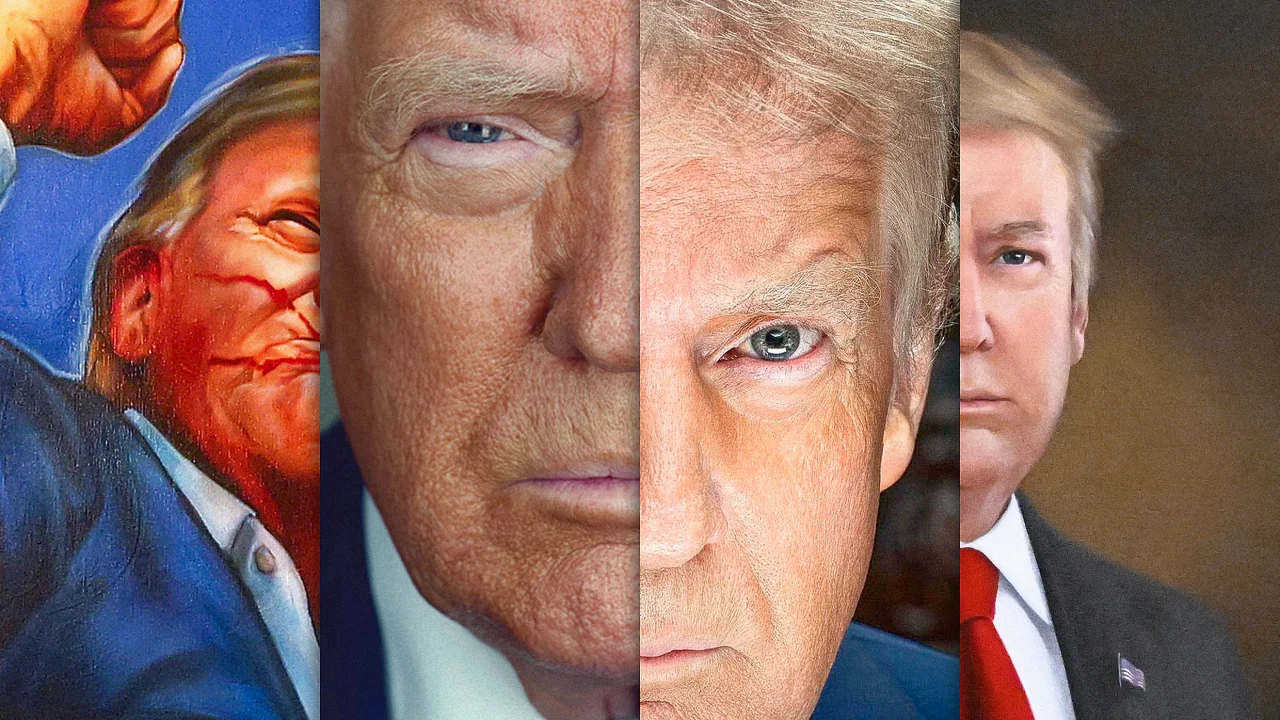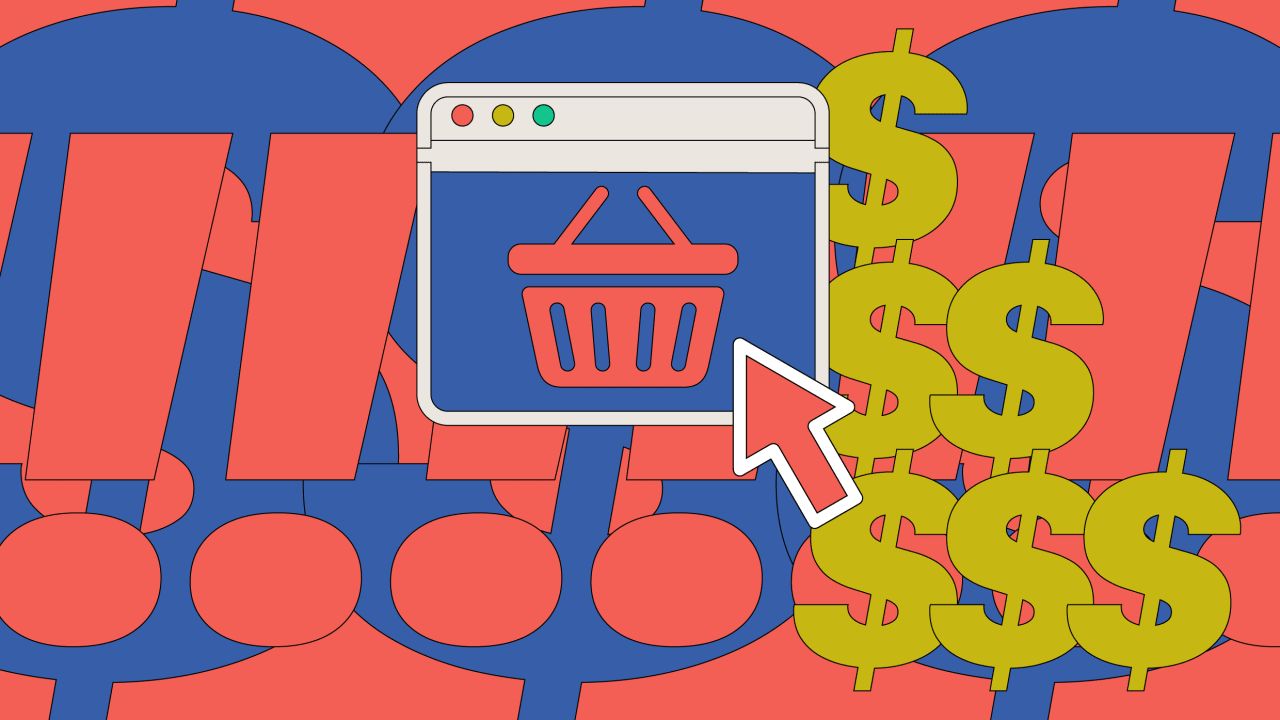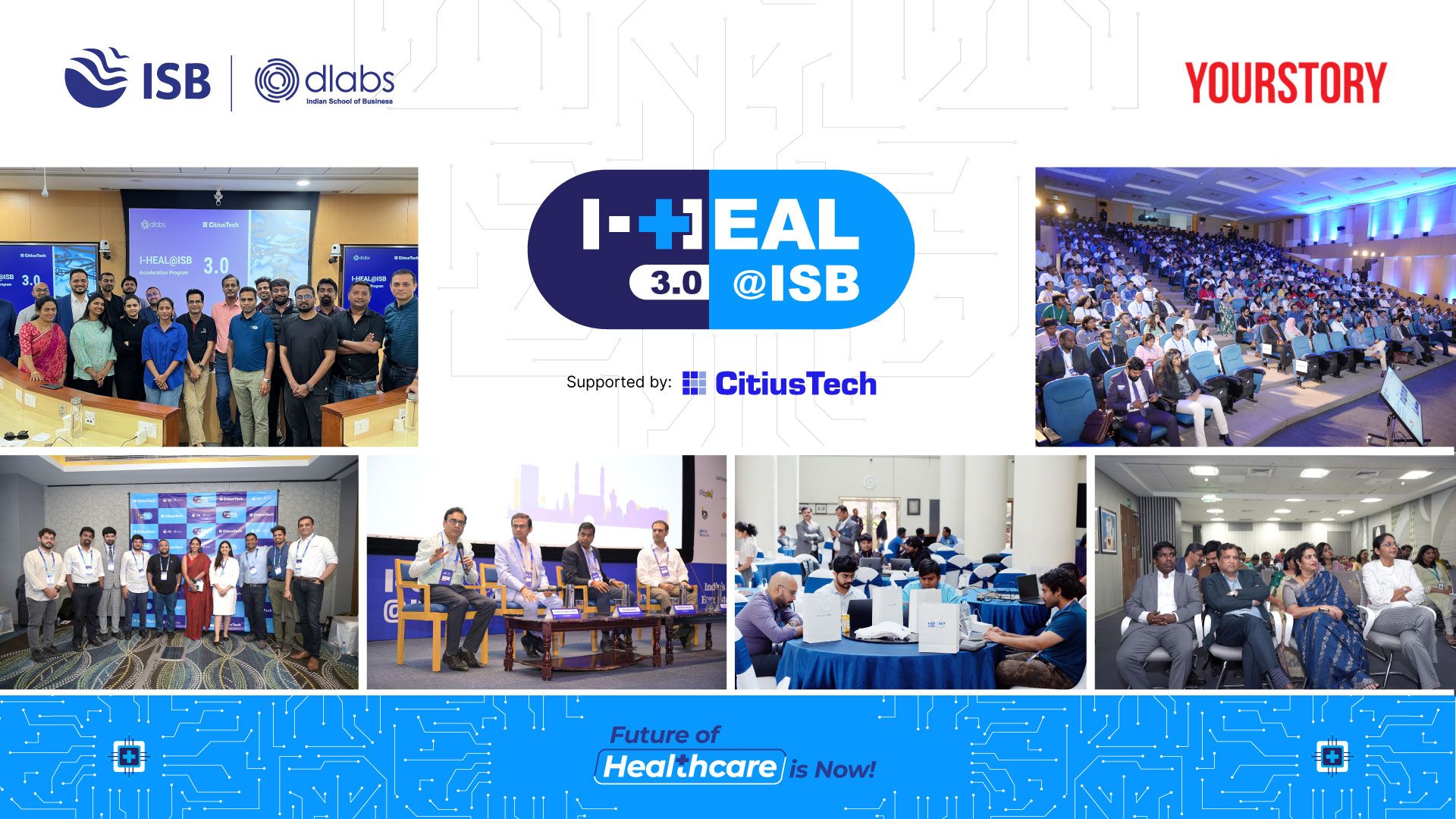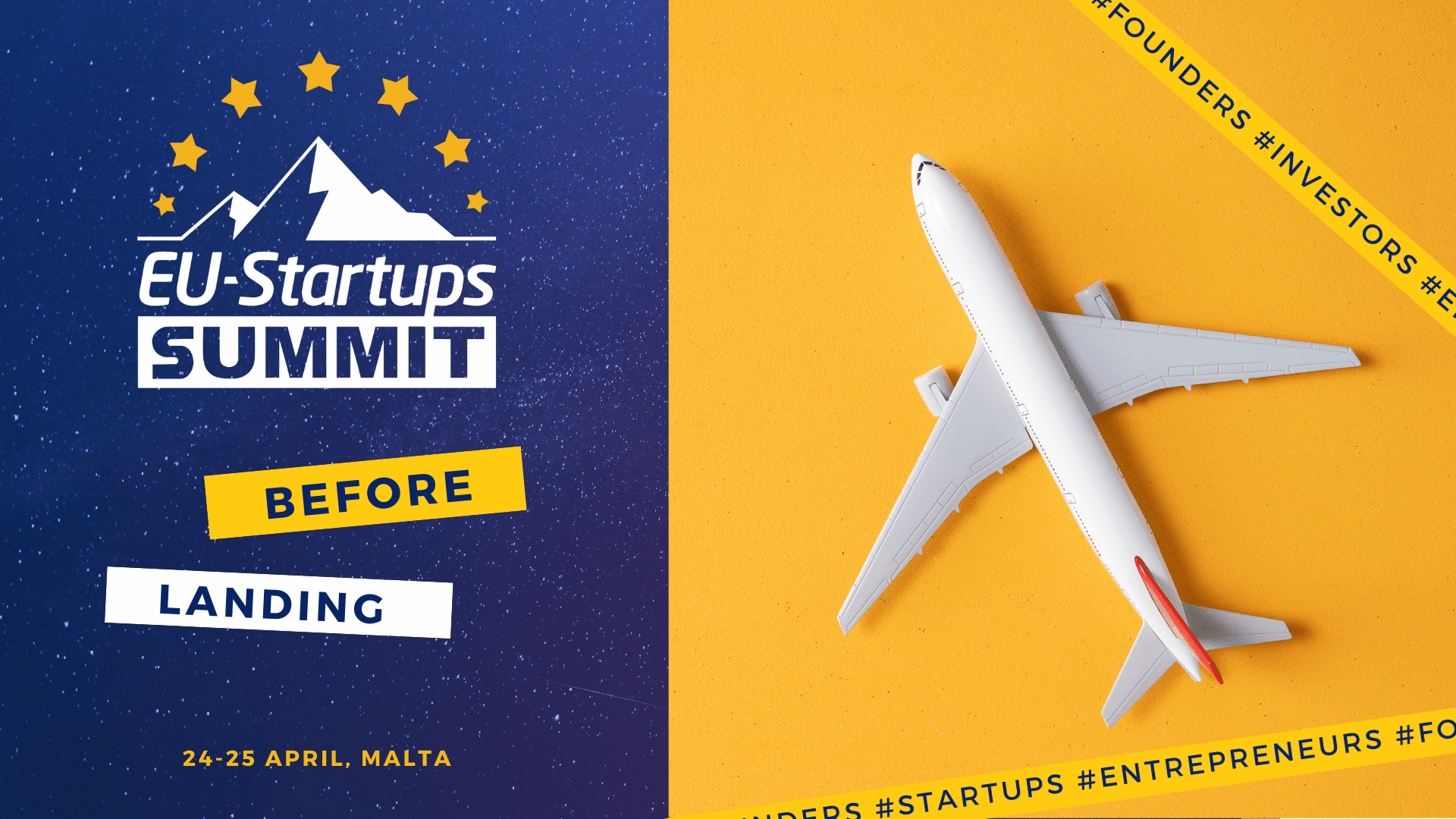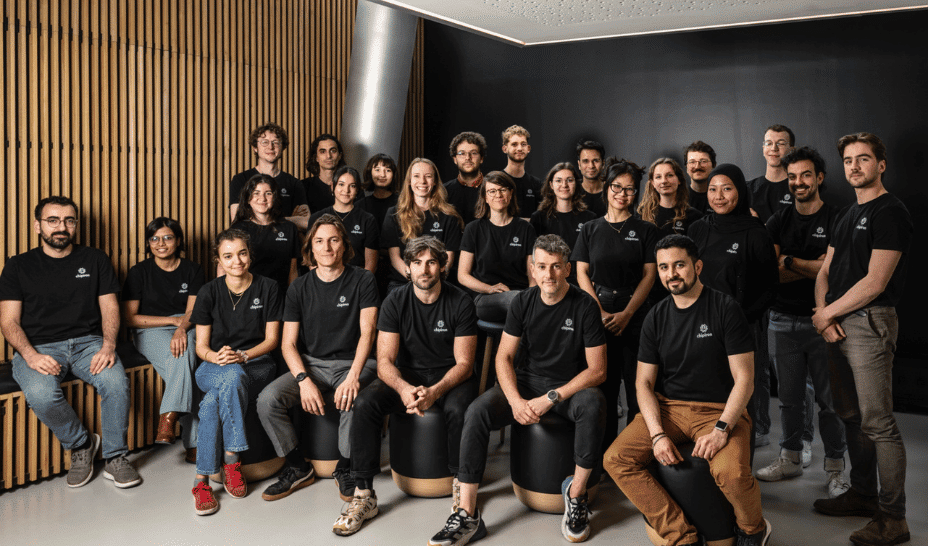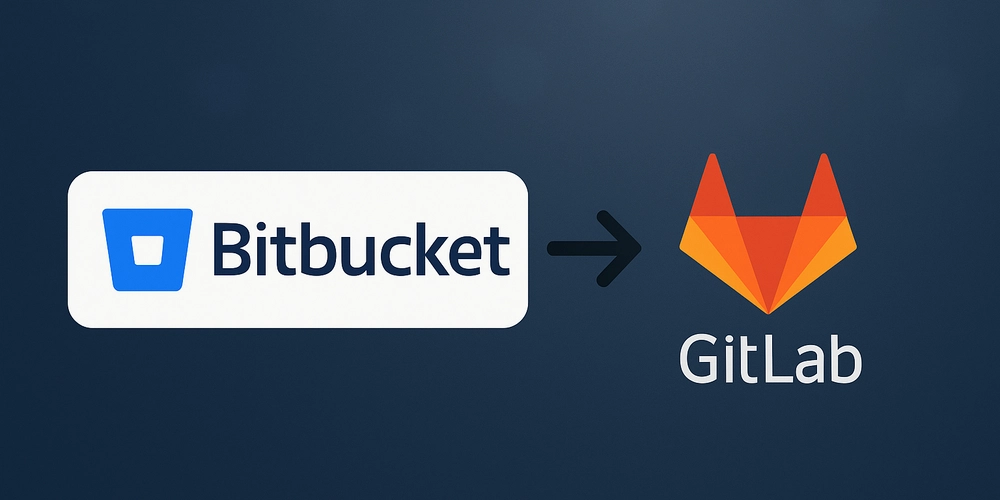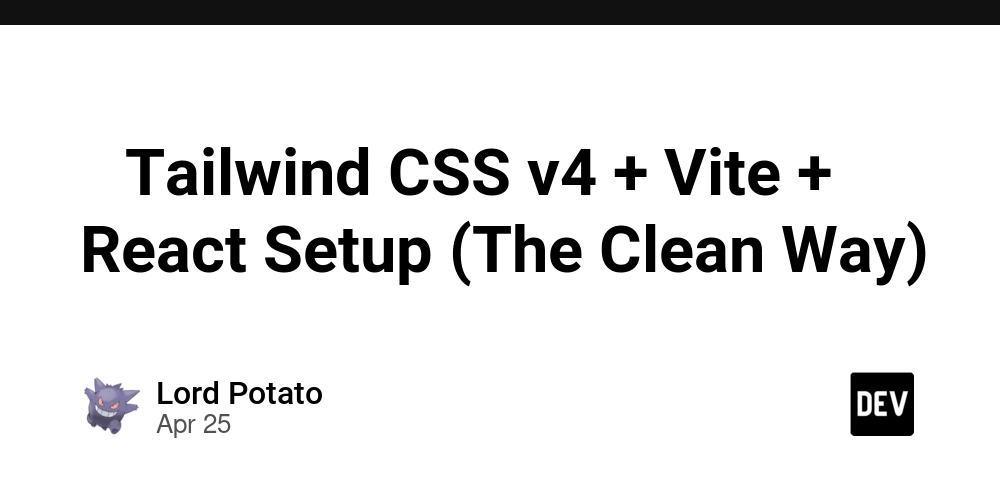Blockchain Project Funding: A Comprehensive Guide for dApps Developers
Abstract: This post explores blockchain project funding from the perspective of dApps developers. We break down the funding mechanisms—from venture capital and ICOs to community-driven DAOs and grants—providing background insights, practical examples, technical challenges, and future outlooks. With detailed tables, bullet lists, and authoritative resources, we aim to guide developers in navigating the complex landscape of blockchain funding, ensuring sustainable innovation and robust project growth. Introduction Blockchain technology continues to transform industries, powering decentralized applications (dApps) that reduce intermediaries and ensure transparency. However, funding these innovative projects remains challenging. In this post, we dive into various funding strategies for blockchain projects, examining traditional venture capital approaches alongside newer paradigms like ICOs, IDOs, and DAOs. Whether you are a developer, entrepreneur, or technology enthusiast, understanding these mechanisms is critical for long-term success in the blockchain ecosystem. Background and Context The evolution of blockchain technology has redefined how we approach financial transactions, data storage, and governance. Early blockchain ventures usually relied on traditional funding through banks and venture capitalists. Over time, the ecosystem broadened, introducing alternative funding methods such as Initial Coin Offerings (ICOs), Security Token Offerings (STOs), and Decentralized Autonomous Organizations (DAOs). Blockchain project funding is now characterized by: Decentralized Investments: Empowering communities to support projects directly. Tokenization: Allowing a digitally native ownership model. Global Participation: Opening funding opportunities across borders and reducing reliance on traditional financial institutions. Historically, the transition from conventional funding to blockchain’s decentralized methodologies can be seen as part of a broader push towards open-source technology and transparency in the digital world. This evolution is reminiscent of how intellectual property and digital identities are reimagined in today’s blockchain-driven economy. For further reading on blockchain fundamentals, check out What is Blockchain and Smart Contracts on Blockchain. Core Concepts and Features When it comes to funding blockchain projects, several core strategies stand out. Each has its own features and overlaps, providing developers with a variety of paths to secure financial support. 1. Venture Capital Funding Venture capital (VC) has traditionally been the backbone of blockchain startup financing. VC firms offer not just capital but also valuable industry connections and business expertise. Key features include: Equity-Based Investments: Investors take an equity stake in the company. Diligence and Governance: Rigorous evaluation ensures that projects meet regulatory and scalability standards. Long-Term Support: VCs often help in scaling and global expansion. For more insights on venture capital in blockchain, visit a16z. 2. ICOs, STOs, and IDOs Initial Coin Offerings (ICOs) and Security Token Offerings (STOs) have revolutionized fundraising by issuing tokens directly to investors. Additionally, Initial DEX Offerings (IDOs) offer liquidity through decentralized exchanges such as those in the DeFi ecosystem. Important aspects include: Tokenization: Tokens represent a share of the project’s future success. Regulatory Compliance: STOs emphasize adherence to securities law. Community Engagement: These offerings foster active participation from early adopters. For detailed explanations of ICOs and STOs, check out What are ICOs and STOs and The Role of IDOs in DeFi. 3. Grants from Blockchain Foundations Many blockchain foundations, such as Ethereum, provide grant programs to encourage dApp innovation. These grants support open-source development projects and research initiatives that drive technological advancements and community growth. Characteristics include: Non-Dilutive Funding: No equity is exchanged, preserving founder control. Innovation Focus: Grants often promote groundbreaking ideas and community benefits. Partnership Opportunities: Collaboration with the foundation can yield networking advantages. Explore more about these opportunities at Ethereum Community Grants. 4. Community-Driven Funding via DAOs Decentralized Autonomous Organizations (DAOs) play an increasingly important role in funding blockchain projects. DAOs democratize funding decisions by enabling community members to vote on proposals and deploy resources in a transparent manner. Key benefits include: Governance Transparency: Decision-making processes are visible and accountable. Community Incentivization: Contributors receive tokens or rewards for supporting a project. Flexibility: DAOs can adapt fundin
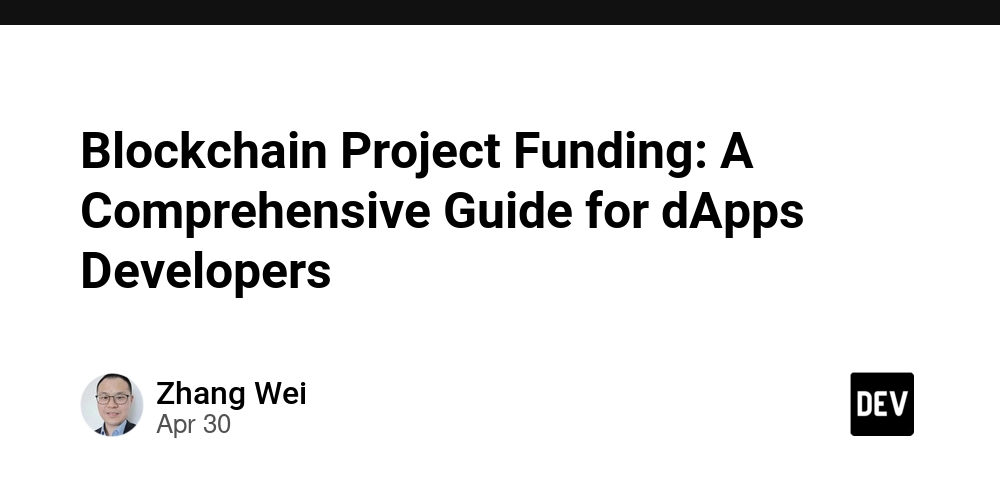
Abstract:
This post explores blockchain project funding from the perspective of dApps developers. We break down the funding mechanisms—from venture capital and ICOs to community-driven DAOs and grants—providing background insights, practical examples, technical challenges, and future outlooks. With detailed tables, bullet lists, and authoritative resources, we aim to guide developers in navigating the complex landscape of blockchain funding, ensuring sustainable innovation and robust project growth.
Introduction
Blockchain technology continues to transform industries, powering decentralized applications (dApps) that reduce intermediaries and ensure transparency. However, funding these innovative projects remains challenging. In this post, we dive into various funding strategies for blockchain projects, examining traditional venture capital approaches alongside newer paradigms like ICOs, IDOs, and DAOs. Whether you are a developer, entrepreneur, or technology enthusiast, understanding these mechanisms is critical for long-term success in the blockchain ecosystem.
Background and Context
The evolution of blockchain technology has redefined how we approach financial transactions, data storage, and governance. Early blockchain ventures usually relied on traditional funding through banks and venture capitalists. Over time, the ecosystem broadened, introducing alternative funding methods such as Initial Coin Offerings (ICOs), Security Token Offerings (STOs), and Decentralized Autonomous Organizations (DAOs).
Blockchain project funding is now characterized by:
- Decentralized Investments: Empowering communities to support projects directly.
- Tokenization: Allowing a digitally native ownership model.
- Global Participation: Opening funding opportunities across borders and reducing reliance on traditional financial institutions.
Historically, the transition from conventional funding to blockchain’s decentralized methodologies can be seen as part of a broader push towards open-source technology and transparency in the digital world. This evolution is reminiscent of how intellectual property and digital identities are reimagined in today’s blockchain-driven economy.
For further reading on blockchain fundamentals, check out What is Blockchain and Smart Contracts on Blockchain.
Core Concepts and Features
When it comes to funding blockchain projects, several core strategies stand out. Each has its own features and overlaps, providing developers with a variety of paths to secure financial support.
1. Venture Capital Funding
Venture capital (VC) has traditionally been the backbone of blockchain startup financing. VC firms offer not just capital but also valuable industry connections and business expertise.
Key features include:
- Equity-Based Investments: Investors take an equity stake in the company.
- Diligence and Governance: Rigorous evaluation ensures that projects meet regulatory and scalability standards.
- Long-Term Support: VCs often help in scaling and global expansion.
For more insights on venture capital in blockchain, visit a16z.
2. ICOs, STOs, and IDOs
Initial Coin Offerings (ICOs) and Security Token Offerings (STOs) have revolutionized fundraising by issuing tokens directly to investors. Additionally, Initial DEX Offerings (IDOs) offer liquidity through decentralized exchanges such as those in the DeFi ecosystem.
Important aspects include:
- Tokenization: Tokens represent a share of the project’s future success.
- Regulatory Compliance: STOs emphasize adherence to securities law.
- Community Engagement: These offerings foster active participation from early adopters.
For detailed explanations of ICOs and STOs, check out What are ICOs and STOs and The Role of IDOs in DeFi.
3. Grants from Blockchain Foundations
Many blockchain foundations, such as Ethereum, provide grant programs to encourage dApp innovation. These grants support open-source development projects and research initiatives that drive technological advancements and community growth.
Characteristics include:
- Non-Dilutive Funding: No equity is exchanged, preserving founder control.
- Innovation Focus: Grants often promote groundbreaking ideas and community benefits.
- Partnership Opportunities: Collaboration with the foundation can yield networking advantages.
Explore more about these opportunities at Ethereum Community Grants.
4. Community-Driven Funding via DAOs
Decentralized Autonomous Organizations (DAOs) play an increasingly important role in funding blockchain projects. DAOs democratize funding decisions by enabling community members to vote on proposals and deploy resources in a transparent manner.
Key benefits include:
- Governance Transparency: Decision-making processes are visible and accountable.
- Community Incentivization: Contributors receive tokens or rewards for supporting a project.
- Flexibility: DAOs can adapt funding mechanisms to meet evolving market conditions.
Learn more about DAOs at Introduction to DAOs.
Applications and Use Cases
Blockchain project funding strategies are not one-size-fits-all. Different applications and use cases provide practical examples of these funding models in action:
Use Case 1: Decentralized Finance (DeFi) dApps
DeFi projects frequently rely on a combination of venture capital, ICOs, and community funding to establish platforms for decentralized lending, yield farming, and liquidity pools. For instance, projects that offer innovative lending protocols can issue tokens to early investors via an ICO and later transition to a DAO governance model for community-led updates.
Use Case 2: NFT Marketplaces and Digital Art
The explosive growth in the NFT space has prompted many digital art and collectible platforms to leverage blockchain project funding. An NFT marketplace may begin with an ICO to secure development funds, engage with NFT communities for grants, and ultimately transition to decentralized governance to sustain ongoing growth.
Some of these projects emphasize transparency and decentralized ownership of digital rights, similar to the open-source funding models seen in broader blockchain projects.
Use Case 3: Open Source dApps and Software Licensing
Beyond financial applications, blockchain provides a new paradigm for funding and licensing open source projects. Developments in this space may involve tokenized sponsorships and donation-driven projects where contributors earn tokens in exchange for their work. This model enhances developer engagement and can be seen in blockchain projects that focus on secure digital identities, document verification, and decentralized content management.
Below is a table summarizing the core funding mechanisms and their key characteristics:
| Funding Mechanism | Key Characteristics | Advantages | Challenges |
|---|---|---|---|
| Venture Capital | Equity-based; long-term support | Industry expertise; large capital | High scrutiny; loss of control |
| ICOs / STOs / IDOs | Tokenized funding; global market | Fast funding; community engagement | Regulatory uncertainties; volatility |
| Grants | Non-dilutive funding; foundation-led | No equity loss; innovation-focused | Limited in amount; competitive process |
| DAOs | Decentralized governance; community-driven | Transparency; flexible governance | Requires active community; coordination |
Challenges and Limitations
While blockchain project funding offers many opportunities, developers must overcome several technical and adoption challenges:
- Regulatory Hurdles: Navigating varying global regulatory landscapes remains challenging. For instance, ICOs may face legal uncertainties and compliance issues that vary by country.
- Market Volatility: Token-based funding can be significantly affected by market fluctuations, impacting project stability.
- Technical Complexity: Integrating blockchain infrastructure with robust funding mechanisms requires deep technical expertise and security best practices.
- Community Coordination: DAOs and community funding models demand high levels of participation and clear governance frameworks. Without them, projects might struggle with decision-making inefficiencies.
Bullet List of Common Challenges:
- Regulatory Compliance: Staying updated with legal changes across jurisdictions.
- Security Risks: Vulnerabilities in smart contracts and funding tokens.
- Market Sentiment: Fluctuating investor confidence can impact valuation.
- Scalability: Ensuring that the project can handle growth in users and transactions.
For insights into tackling these issues, developers often consult expert articles and guides such as those found on Gitcoin and Deutsche Bank’s open-source initiatives.
Future Outlook and Innovations
The blockchain funding landscape is evolving rapidly, with continuous innovations emerging in both the technical and financial sectors. Looking ahead, several trends are likely to shape the future:
- Increased Interoperability: Improved integration between various blockchain networks will foster new funding models, enabling projects to tap into multiple ecosystems simultaneously.
- Enhanced Security Protocols: As smart contract auditing and blockchain security practices mature, developers can expect safer funding mechanisms that protect against hacks and fraud.
- Growth of Decentralized Finance: DeFi will continue to expand, with more sophisticated tools for liquidity provisioning and token economics that can support long-term project funding.
- Hybrid Funding Models: A combination of traditional VC, grant funding, and community-driven models will provide a diversified approach that reduces risk and enhances sustainability.
- Integration with Open Source Licensing: The convergence of blockchain with open-source funding is paving the way for innovative revenue models and financial independence for dApp developers.
For further exploration of these trends, consider exploring discussions on platforms such as Microsoft’s Journey into Open Source and Blockchain and Intellectual Property: A Paradigm Shift.
Summary
In this guide, we dissected the blockchain project funding landscape, addressing various mechanisms like venture capital, ICOs, grants, and DAOs. We examined each model in detail—highlighting benefits, challenges, and practical use cases—while emphasizing the importance of technical expertise, regulatory awareness, and community coordination.
Key takeaways include:
- Understanding Funding Options: Developers benefit from a diverse range of funding strategies, making blockchain projects accessible even when traditional channels fall short.
- Technical and Regulatory Preparedness: Successful projects balance innovation with robust security measures and legal compliance.
- Community and DAO Governance: Leveraging decentralized models can empower communities, leading to more sustainable and transparent decision-making.
- Future-Driven Innovations: Emerging trends such as enhanced interoperability and hybrid funding models promise to reshape the funding landscape for blockchain projects.
For a deeper dive into blockchain funding strategies, refer to the Original Article on Blockchain Project Funding for dApps Developers.
Additional Resources and References
To further broaden your understanding of this dynamic space, here are some authoritative resources and further readings:
-
Authoritative External Links:
-
Dev.to Insights:
Conclusion
Securing funding for blockchain projects is a nuanced endeavor that blends traditional finance, innovative token economies, and community-driven models. As blockchain technology matures, the fusion of open-source initiatives, decentralized governance, and diverse funding sources will continue to empower developers. With clear strategies and increased technical support, dApp developers can build scalable, secure, and economically sustainable projects.
We hope this guide has provided you with valuable insights and practical resources to navigate the evolving blockchain funding landscape. Remember, the keys to success lie in staying informed, embracing innovation, and building strong, transparent communities. Happy coding and funding your next breakthrough in blockchain technology!
















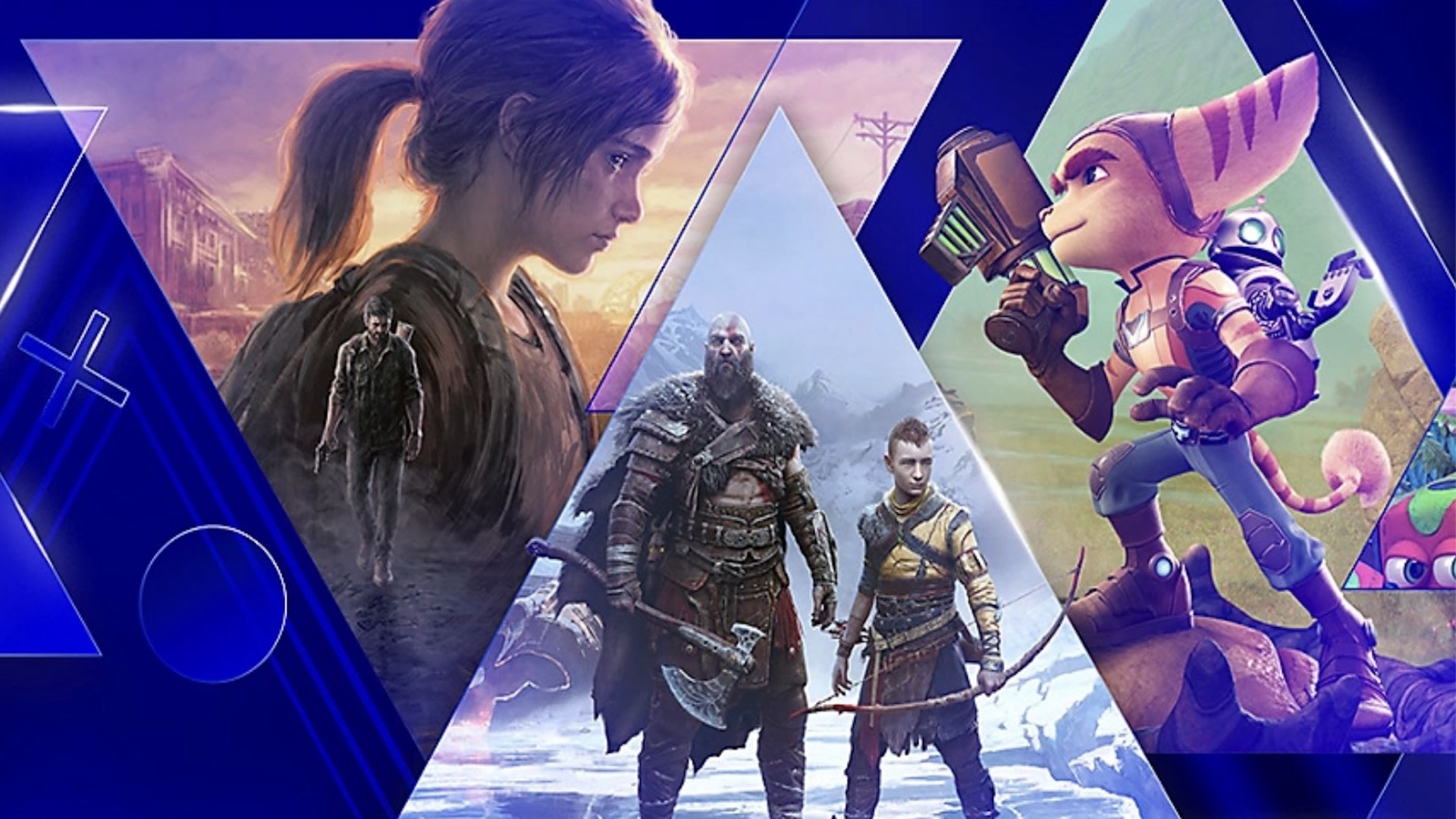
































































































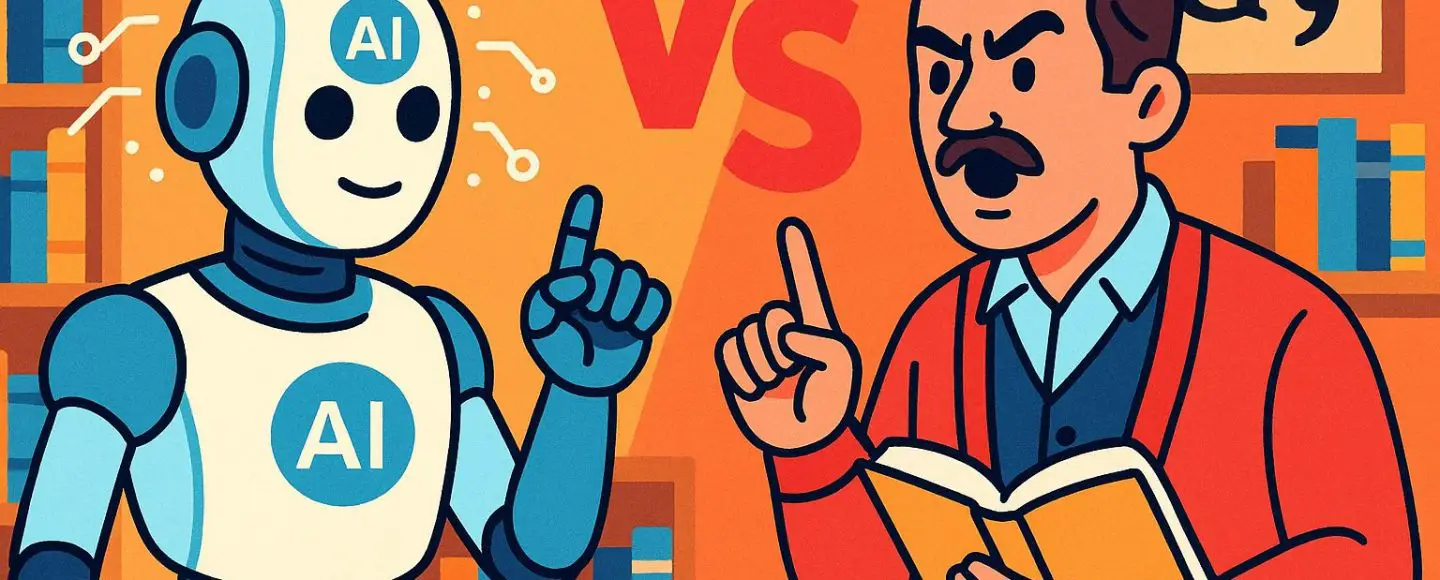





















































![[The AI Show Episode 145]: OpenAI Releases o3 and o4-mini, AI Is Causing “Quiet Layoffs,” Executive Order on Youth AI Education & GPT-4o’s Controversial Update](https://www.marketingaiinstitute.com/hubfs/ep%20145%20cover.png)












































































































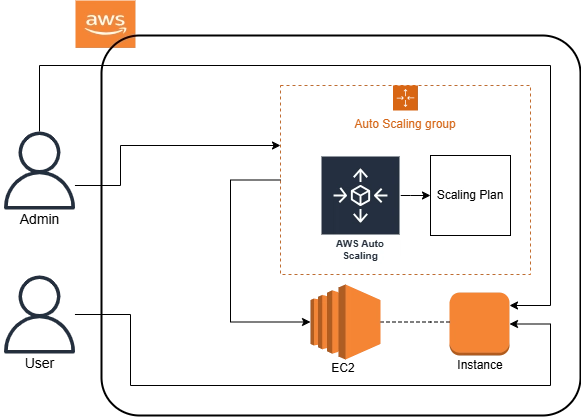

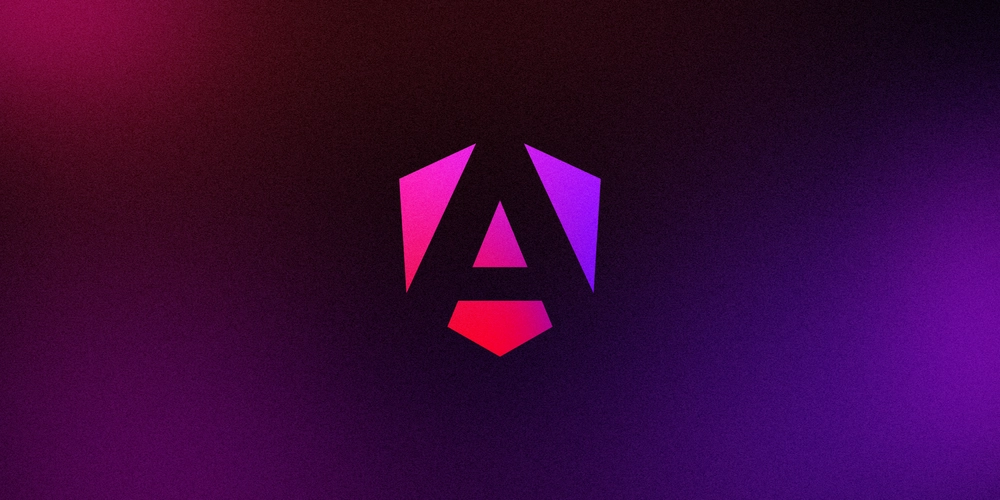
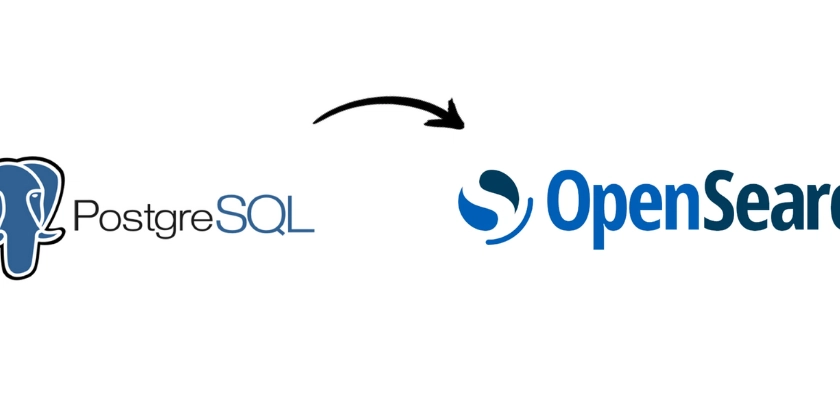
































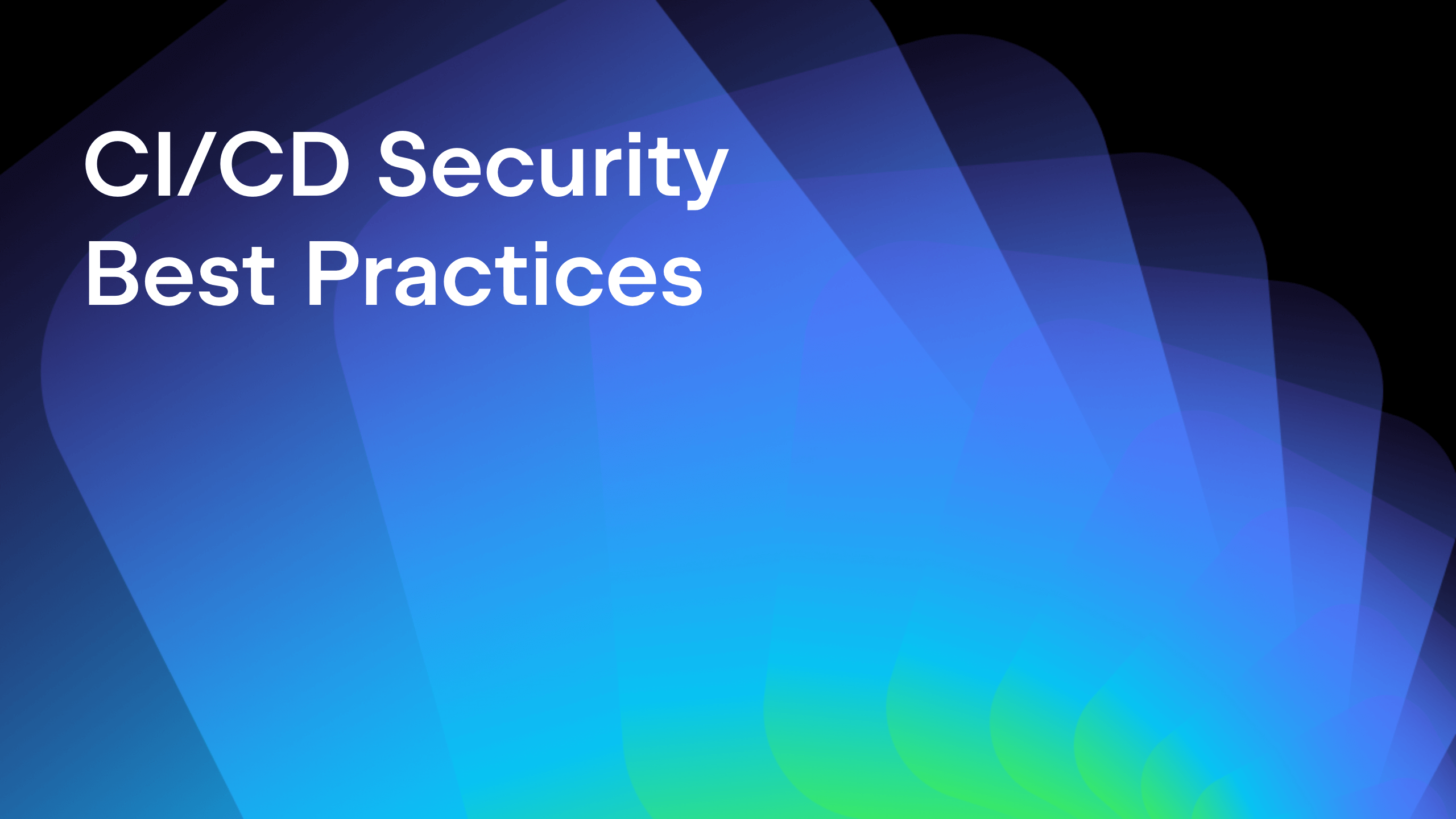

























































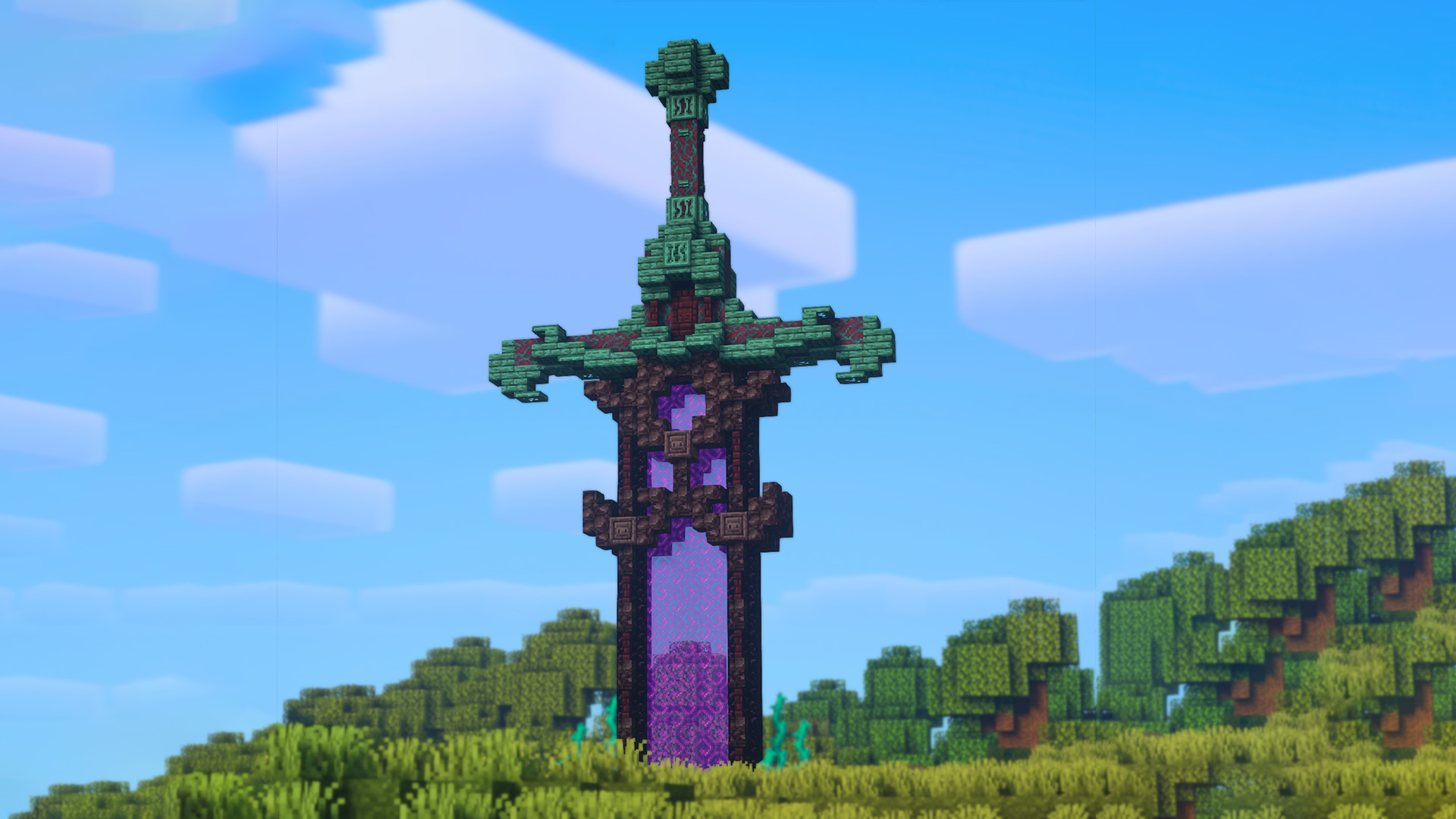





























































_Tanapong_Sungkaew_via_Alamy.jpg?width=1280&auto=webp&quality=80&disable=upscale#)
























































































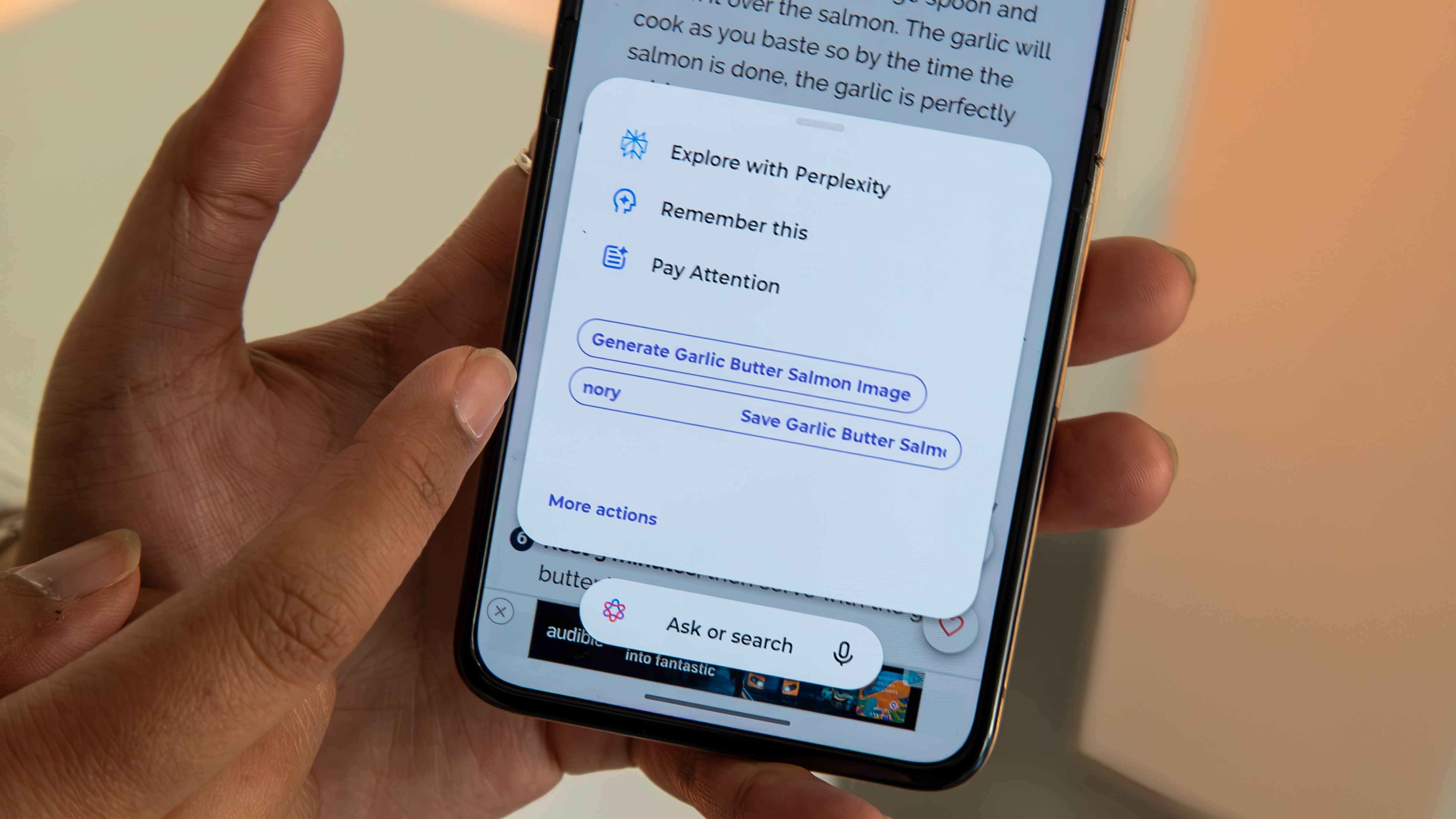

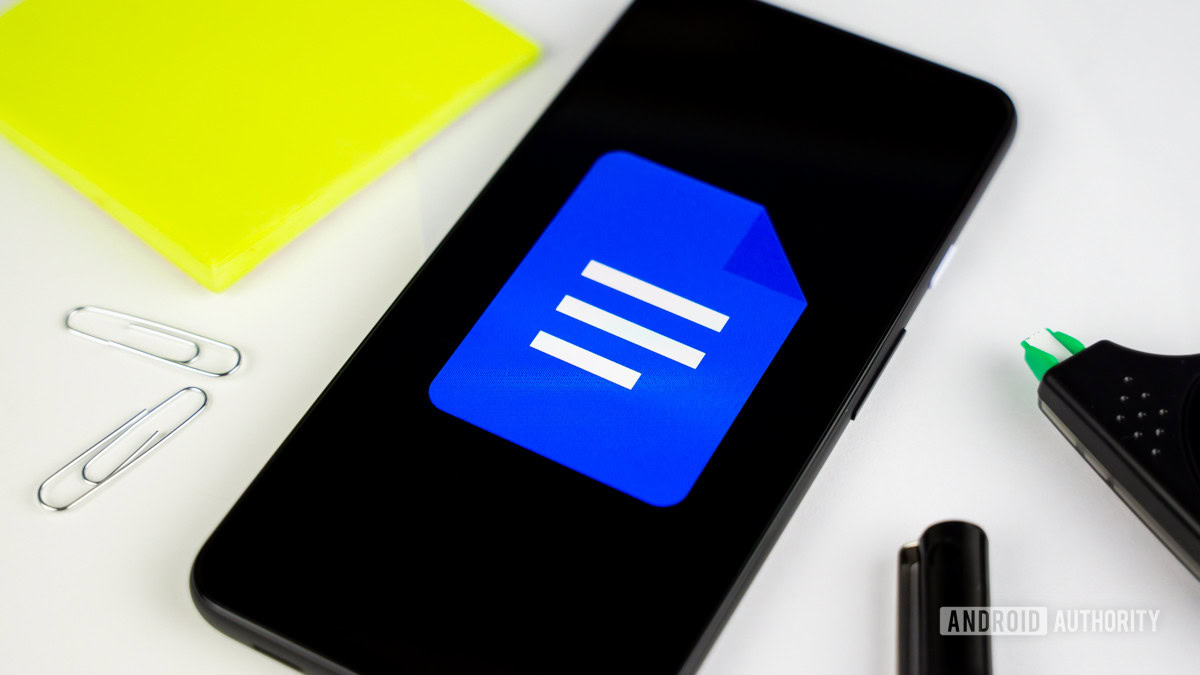
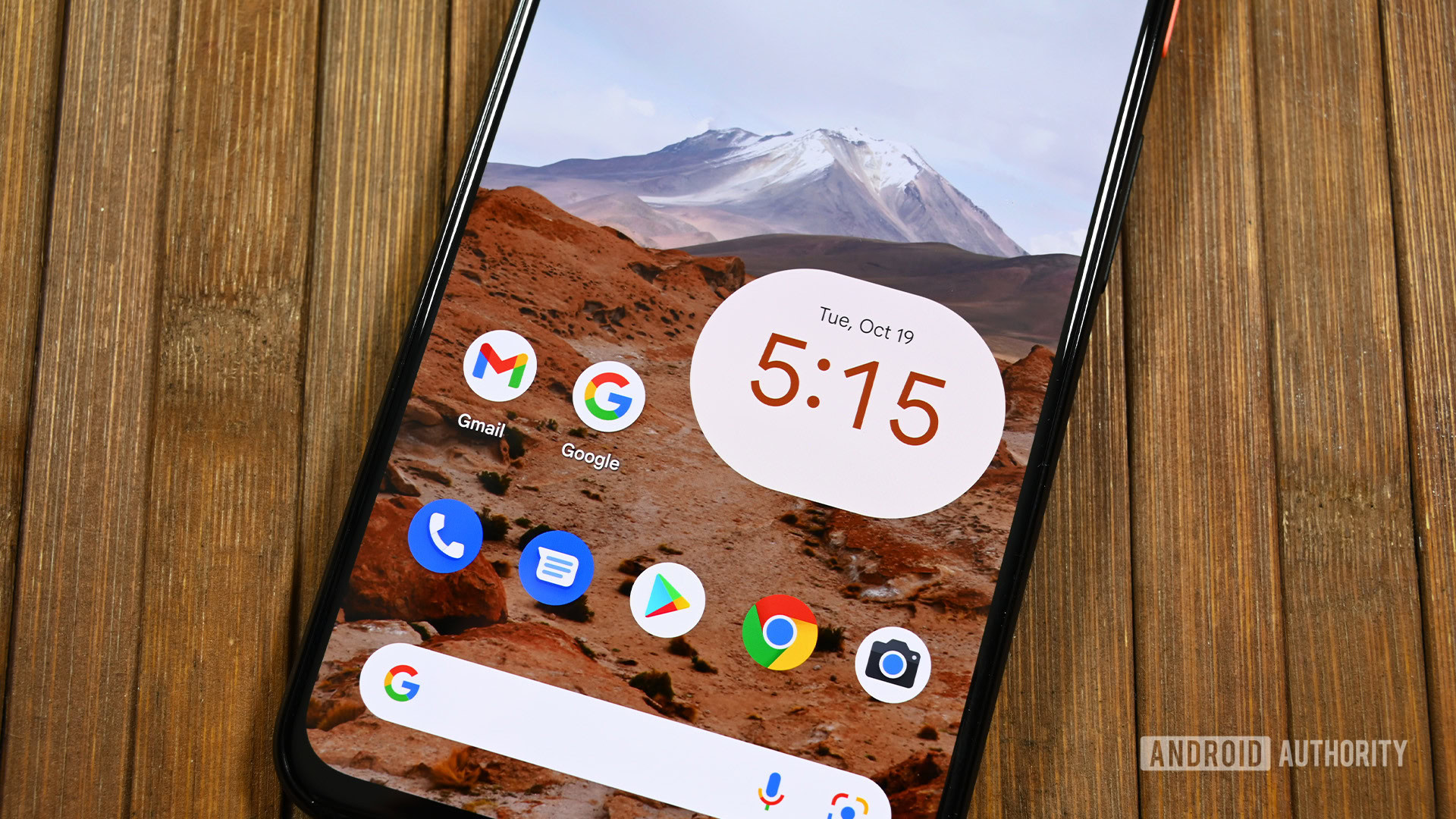
















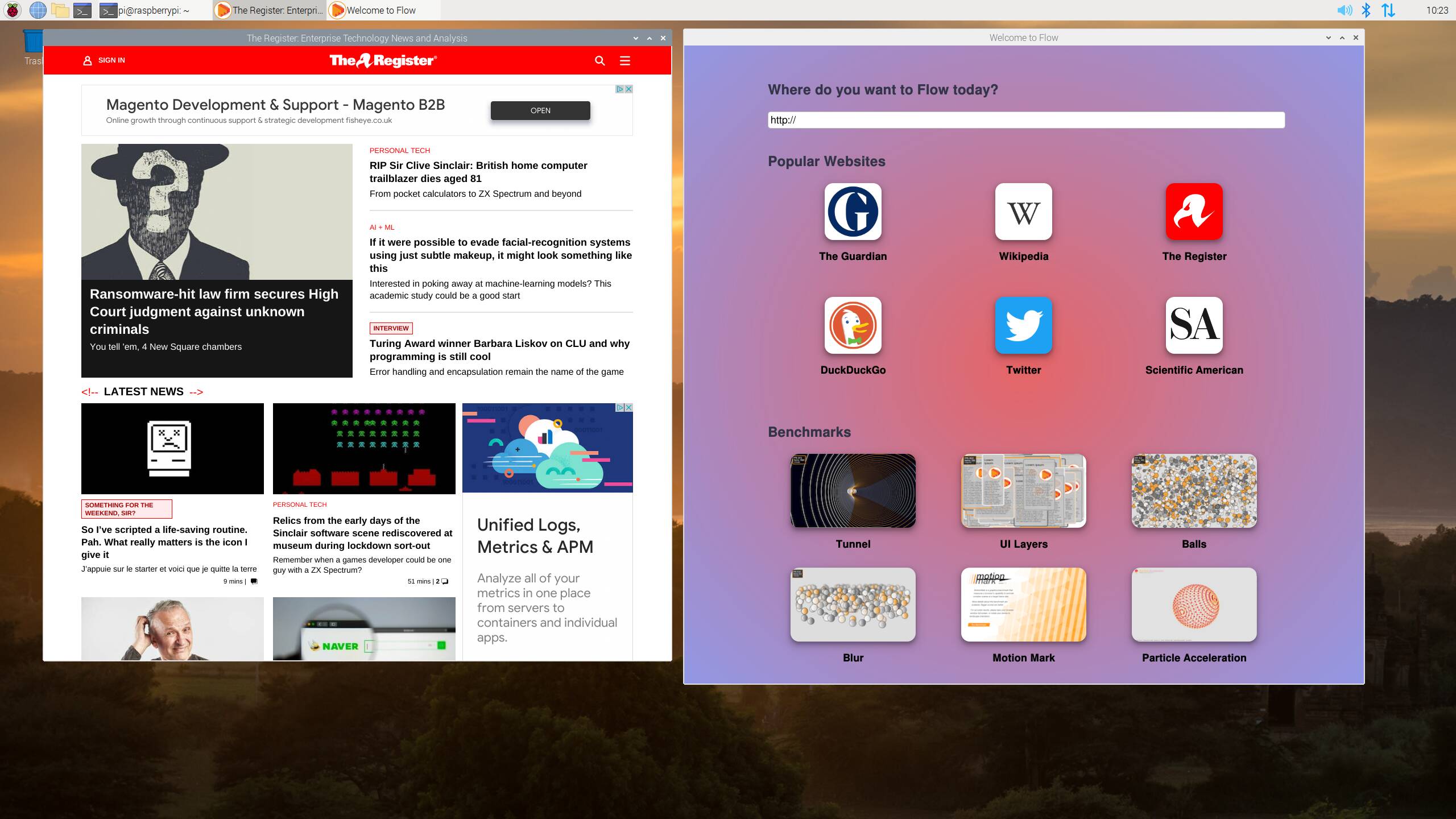



![Apple Restructures Global Affairs and Apple Music Teams [Report]](https://www.iclarified.com/images/news/97162/97162/97162-640.jpg)
![New iPhone Factory Goes Live in India, Another Just Days Away [Report]](https://www.iclarified.com/images/news/97165/97165/97165-640.jpg)























